After being saved by the American taxpayer in 2008, General Motors seems again on the way to the knacker’s yard.
General Motors has recalled nearly 13.8 million vehicles in the U.S. this year. That’s a lot, obviously. For example, it blows past GM’s previous annual recall record of 10.75 million vehicles, set in 2004. And it means GM is responsible for more than half of the total number of vehicles recalled in the U.S. so far this year.
But if you’re looking for one statistic that really drives home just how cataclysmic the whole episode has been for GM, it’s this one: In just this year alone, GM has recalled more vehicles in the U.S. than it sold between 2009 and 2013. And it’s only May.
The saga of the GM ignition recall begins in 2001 when problems were noted in the production of Saturn Ion and again in 2004 in the Chevrolet Cobalt. There were fits and starts in attempting to fix the problem but in 2004, GM decided that it would take too long and cost too much to fix. (see the very good timeline by NPR for perspective.)
In March 2009, the US government began the process of taking over management of GM. In June it went into a bastardized version of Chapter 11 bankruptcy that savaged GM’s creditors, left US taxpayers on the hook to the tune of $60 BILLION and, true to form, rewarded Obama’s cronies.
What happens next is important.
Because the US government owned a 60+% stake in GM, it had a representative on the GM board. This man was Daniel Ackerson. Not only was he the government’s representative by he was also the Chairman and CEO of GM until his resignation in January 2014. He has subsequently rejoined his previous employer, Carlyle Group. Back to the timeline:
July 10, 2009: The U.S. Treasury purchases GM assets, giving the government primary ownership of the company.
February 2010: NHTSA again recommends a probe looking into problems with air bags in Cobalts; ODI again decides that there is no correlation and drops the matter.
ODI is the Office of Defects Investigation in the National Highway Traffic Safety Administration. How very strange indeed that the government, saddled with the huge debt and the political albatross that was GM, decided to not investigate itself. That, of course, is never known to happen. What else was happening in 2010, you might wonder:
General Motors (GM) on Wednesday priced shares for its initial public offeringat $33 apiece, near the high end of Wall Street expectations. The sale values the car maker at about $50 billion and allows its largest shareholder, the U.S. Treasury, to recoup a sizeable chunk of the investment it made over the last two years to rescue the company.
GM, which will begin trading Thursday on the New York Stock Exchange, is expected to raise $22.7 billion for taxpayers and other big shareholders, including a United Auto Workers retiree health fund. After the sale is completed, the government’s stake in the company, which filed for Chapter 11 bankruptcy protection in June 2009 and emerged from the process a month later, will fall by about half to 26 percent.
The $33 share price reflects strong investor demand and is considerably higher than the price range of $26 to $29 being discussed just a few days ago. Assuming the anticipated number of shares is sold, the IPO will be the largest in history, surpassing the $22.1 billion raised earlier in 2010 by the Agricultural Bank of China and the $19.7 billion that Visa raised in 2008.
That the Obama administration, which has shown itself more than willing to use the power of the federal government to self-aggrandize (Fast & Furious, Benghazi, IRS, etc.) would not want a major investigation probably leading to the recall of tens of thousands of GM cars when GM was about to begin to slip out from under federal management. The political effect in what was already shaping up to be a brutal election year would have been devastating.
2012: GM identifies four crashes and four corresponding fatalities (all involving 2004 Saturn Ions) along with six other injuries from four other crashes attributable to the defect.
Sept. 4, 2012: GM reports August 2012 sales were up 10 percent from the previous year, with Chevrolet passenger car sales up 25 percent.
June 2013: A deposition by a Cobalt program engineer says the company made a “business decision not to fix this problem,” raising questions of whether GM consciously decided to launch the Cobalt despite knowing of a defect.
Dec. 9, 2013: Treasury Secretary Jacob Lew announces the government had sold the last of what was previously a 60 percent stake in GM, ending the bailout. The bailout had cost taxpayers $10 billion on a $49.5 billion investment.
There is more to the sale, however, than meets the eye. The government had originally planned to divest itself of GM stock by April 2014. That sale was accelerated to December 9, 2013.
The U.S. Treasury on Monday sold its last shares of General Motors stock, ending more than four years of government ownership in the nation’s largest automaker at a loss of about $10.5 billion to U.S. taxpayers.
The government said in a statement that it recouped $39 billion of its original $49.5 billion investment into GM. Company executives and dealers say that the stigma of federal ownership, which earned GM the derisive nickname “Government Motors,” has hurt sales.
…
GM shares today hit their highest level since they began trading publicly three years ago, rising to $41.16 before closing at $40.90. On Tuesday, the stock closed down 1.2 percent to $40.40.
And then the fun begins.
End of 2013: GM determines that the faulty ignition switch is to blame for at least 31 crashes and 13 deaths.
Jan. 15, 2014: Mary Barra becomes CEO of GM and the first woman to run a major automaker.
Jan. 31, 2014: Barra learns of the ignition switch defect, according to GM.
Feb. 7, 2014: GM notifies NHTSA “that it determined that a defect, which relates to motor vehicle safety, exists in 619,122 cars.”
Feb. 13, 2014: GM officially recalls 2005-2007 Chevrolet Cobalts and 2007 Pontiac G5s.
Feb. 25, 2014: GM adds 748,024 more vehicles to the recall.
For investors who bought GM stock, unaware of the scope of the imminent recall, the results were significant. GM has lost nearly 20% of its value since December 9.
The sale prospectus mentioned generic risk from product recalls but did not mention the huge pending recall the government knew was waiting in the wings as soon as it could unload its stock portfolio on the unsuspecting public. If a private corporation had known of a huge product liability problem and offered stock without disclosing that potential liability to investors, the SEC and Eric Holder’s stormtroopers would be crawling up their butts. In this case, Obama needed a public validation of his decision and on two occasions allowed GM to sell stock at inflated prices while hiding the fact that its products were killing Americans.
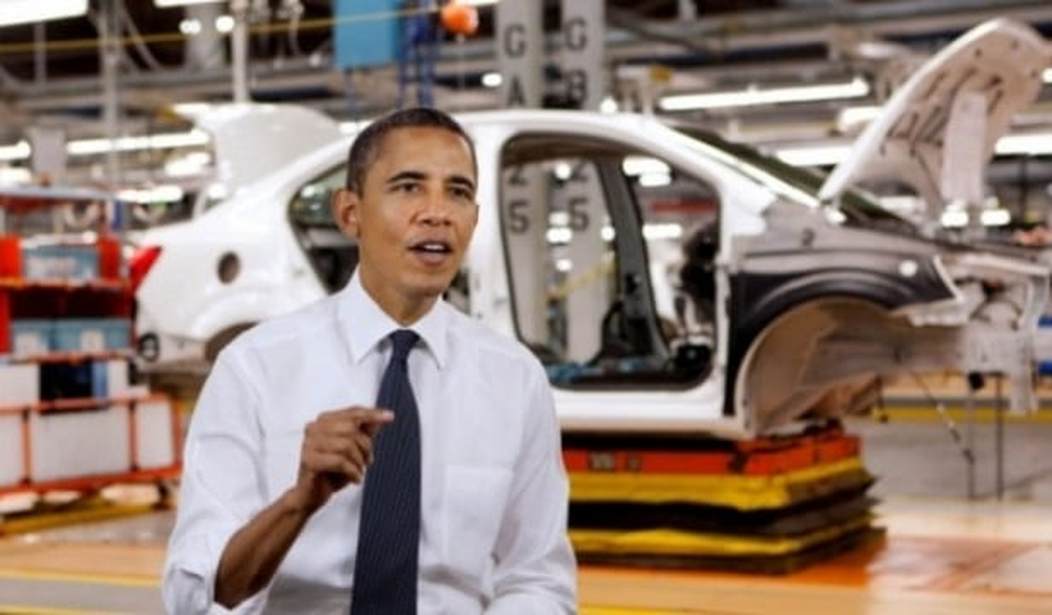
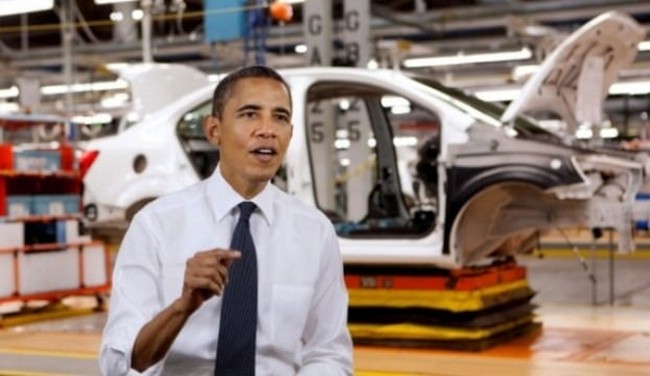
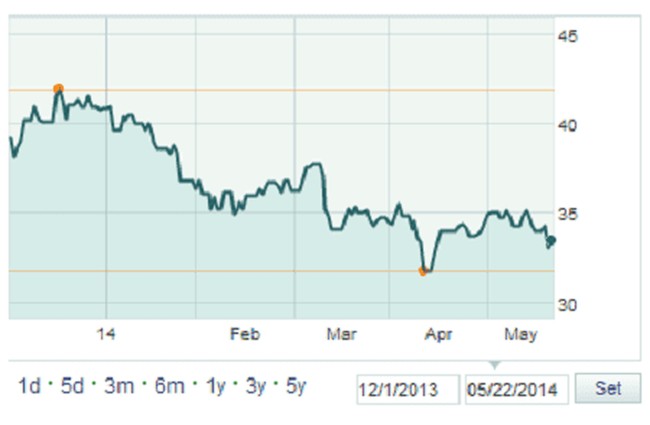



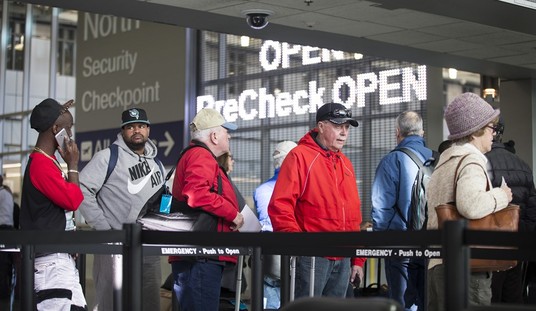
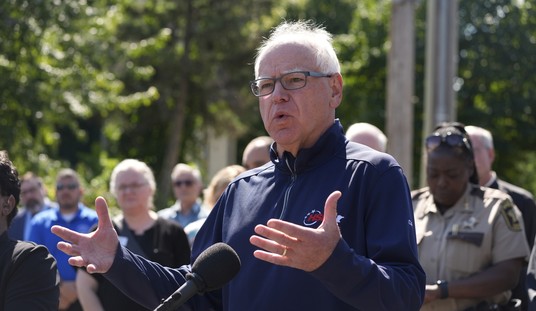







Join the conversation as a VIP Member